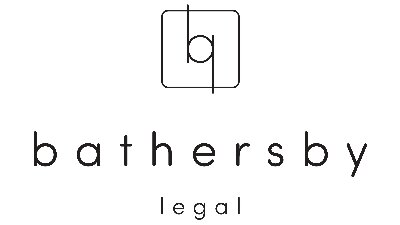Corporate Insolvency – what are the options?
A director of a company has a duty to prevent the company from insolvent trading. There are options available to directors of companies experiencing financial difficulties. The best option will depend on the solvency of the company and the broad range of director duties and obligations.
In this article, we will look at the three most common insolvency procedures:
Voluntary administration,
Liquidation; and
Receivership.
Voluntary administration
If the company is insolvent, or likely to become insolvent its directors might decide to place the company into voluntary administration by an appointment of a voluntary administrator.
The voluntary administrator will take control of the company, investigate its affairs, provide recommendations to the creditors and determine whether the company can be brought back from insolvency.
The purpose of voluntary administration is to resolve the company's future, as soon as possible. If survival of the company is no longer possible, voluntary administration is aimed to provide better returns for the company’s creditors and members than if a company were immediately wound up.
There are three possible outcomes to voluntary administration:
Return control to directors: if the company is solvent, control of the company can be returned to the directors.
Deed of company arrangement (DOCA): this is a binding agreement that normally provides a return to creditors of cents in the dollar in settlement of their debts and allows the company to return to trading. If creditors vote for the company to enter into a DOCA, the company must do so within 15 business days (unless the Court allows an extension of time), failing which, the company will be liquidated.
Liquidate the company: if it is established that the company is insolvent and not capable of being salvaged, the company may be liquidated.
There is a moratorium on unsecured creditors pursuing their debts owed by the company during voluntary administration.
Liquidation
Liquidation involves the appointment of a liquidator to wind up and finalise a company’s affairs. There are generally two types of liquidation. The first being, voluntary liquidation and the other being, court ordered liquidation. Voluntary liquidation can occur by, for example:
creditors voting for liquidation following a voluntary administration or a terminated DOCA; and
resolution by the company's shareholders to liquidate the company and appoint a liquidator.
In the case of a court ordered liquidation, a liquidator is appointed by the court to wind up the company following a winding-up Application which will generally be brought by a creditor of the company.
The liquidator's role includes:
realising, collecting and protecting the company’s assets;
investigating and reporting to creditors about the company’s affairs including unfair preferences and uncommercial transactions;
reporting to ASIC about possible offences by people involved in the company;
after payment of the costs of the liquidation, and subject to the rights of any secured creditor, distribution of the proceeds of the realisation. Proceeds will be paid first to priority creditors, including employees, and then to unsecured creditors of the company.
After a company goes into liquidation, unsecured creditors cannot continue with or commence legal action against the company, without leave of the Court.
Receivership
Receivership is a process wherein a receiver is appointed by a secured creditor to realise and sell secured asset(s) pursuant to a security instrument (for example, a mortgage entered into by the secured creditor and the company). In most instances, a receiver will be appointed under the provisions of the security instrument which specifies the powers of the receiver.
Subject to specific duties, a receiver acts only for the benefit of the secured creditor that appointed it and not in the interests of all of the other creditors of the company. Depending on the nature of the security, a receiver may be appointed to simply realise and sell the secured assets. However, it can also take control of the company from the directors and carry on the business in the name of the insolvent company (as a receiver and manager).
When the receiver has collected and sold the secured assets to pay the debt to the secured creditor, the receivership terminates, and full control of the company returns to its directors.
Conclusion
There are significant consequences for directors allowing a company to trade whilst insolvent. If your company is facing financial difficulty or you are unsure about the solvency of your company, we recommend that you seek immediate legal and / or financial advice.
